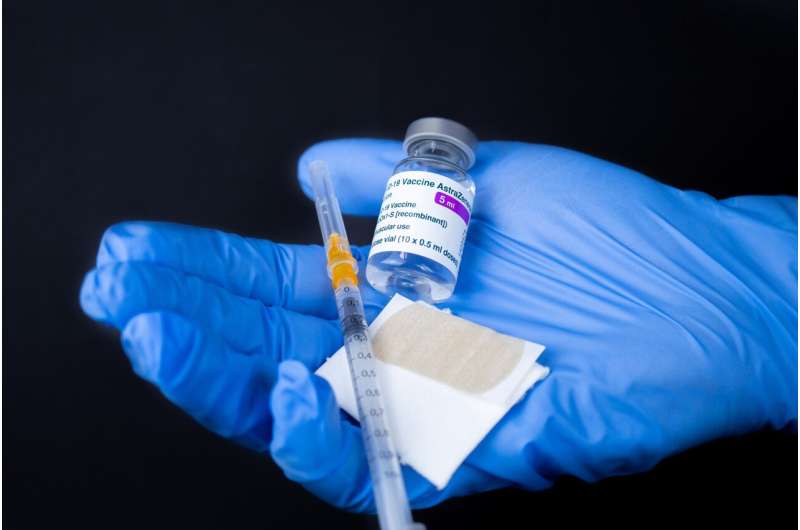New Insights into Mold Proteins Causing Airway Allergies

New research uncovers how mold proteins Aeg-S and Aeg-L perforate airway cell membranes, triggering allergic inflammation and offering insights into allergy mechanisms and potential treatments.
Recent research from the National Institute of Biological Sciences in Beijing has shed light on how specific proteins produced by the mold Alternaria alternata contribute to allergic airway inflammation. Scientists have identified two pore-forming proteins, Aeg-S and Aeg-L, that work together to pierce the membranes of airway epithelial cells. These proteins form ring-shaped drills that disrupt cellular integrity when inhaled, leading to calcium influx and activation of intracellular signaling pathways like MAPK. This disruption prompts the release of IL-33, an alarm cytokine that signals immune system activation and sustains inflammatory responses.
The study employed human lung epithelial cell models and mouse models to simulate allergen exposure. It was observed that low levels of these mold proteins cause calcium entry and messenger activation, while higher levels cause cell bursting and IL-33 release. Interestingly, neither protein acts alone to cause these effects; they require their combined action to perforate membranes.
Further experiments demonstrated that blocking calcium entry or inhibiting MAPK signaling prevented downstream inflammatory reactions. In mice, inhalation of the protein duo triggered classic allergy symptoms, including increased eosinophils, T-helper-2 cells, and IgE production. Conversely, fungal strains lacking either protein failed to induce these responses, indicating their crucial role.
The research suggests that the ability of these proteins to perforate cell membranes acts as a danger signal, initiating type 2 immune pathways. The findings propose that many allergens and venoms containing pore-forming proteins may utilize this mechanism to provoke airway inflammation, offering new avenues for targeted allergy therapies.
This groundbreaking work highlights the significance of membrane perforation as a key trigger in allergic responses, broadening our understanding of airway allergy pathogenesis and potential intervention points.
Source: https://medicalxpress.com/news/2025-08-membrane-drilling-mold-protein-duo.html
Stay Updated with Mia's Feed
Get the latest health & wellness insights delivered straight to your inbox.
Related Articles
Social Media's Mixed Messages About Food and Body Image Uncovered in New Study
New research reveals that social media food videos often promote conflicting messages about eating habits and body image, potentially impacting viewers' health and perceptions. Learn about the findings and implications for online content regulation.
Protecting Healthcare Workers Amid Rising Measles Cases: The Importance of Vaccination
As measles cases surge globally, protecting healthcare workers through vaccination is vital to prevent transmission and safeguard vulnerable populations. Learn how education and improved screening can boost vaccination rates among health professionals.
UK Court Dismisses Pfizer and BioNTech's Appeal in COVID-19 Patent Dispute
Pfizer and BioNTech face a legal setback as the UK Court of Appeal upholds a patent ruling favoring Moderna in their ongoing COVID-19 vaccine patent dispute. The decision has major implications for biotech patent rights and vaccine development.



